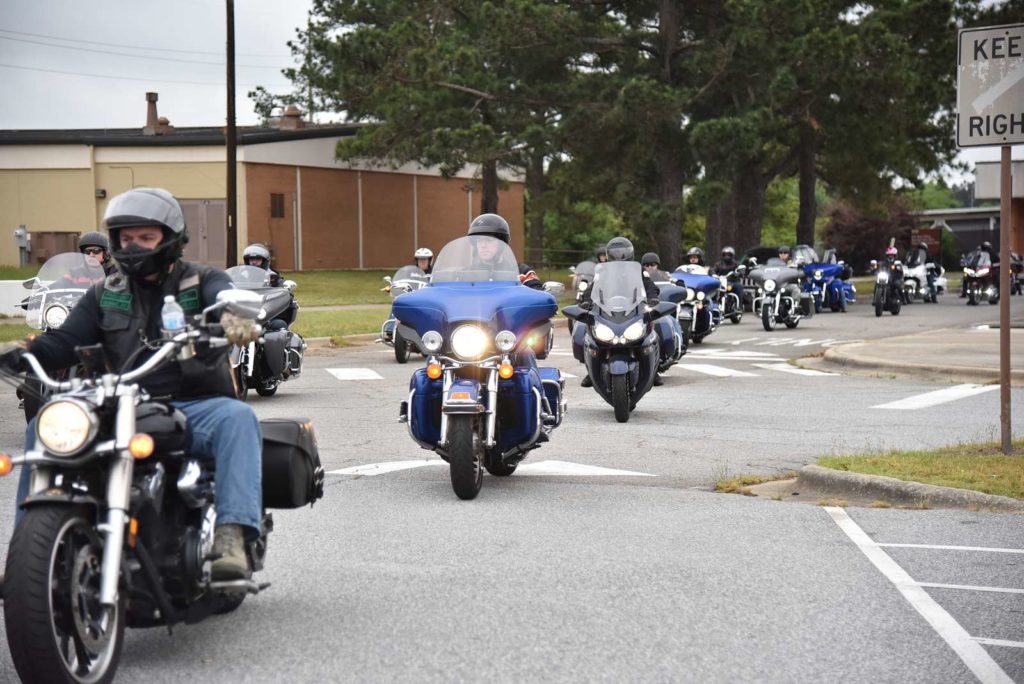Tips for Avoiding Motorcycle Accidents

There is nothing quite like hitting the open roads on the back of a motorcycle, feeling the adrenaline start pumping as the wind whips around you from all directions. However, while the thrill of riding a motorcycle is intense, this activity should not be one that you take on without first attempting to reduce your risk of a motorcycle accident. After all, riding a motorcycle puts you at an increased risk for serious injury or death should you find yourself in an accident. Therefore, you want to do everything you can to avoid this scenario.
How to Avoid Motorcycle Accidents
Don’t Speed
It’s common sense, but the faster you go, the more likely you are to come upon something in the road that will cause an accident or not see a car pull out ahead. Therefore, in general, especially when on a motorcycle, don’t speed!
Avoid Blind Spots and be Aware of Others
It’s always important to drive defensively and be aware of other drivers on the road. However, when you are on a motorcycle and are surrounded by regular-sized vehicles or even oversized ones, this becomes that much more important. You are your own best lookout in terms of seeing danger coming and avoiding it, so be aware of what is going on around you and assume that other drivers aren’t always going to follow the rules.
Don’t Drink and Drive
It’s never a good idea to drink and drive no matter what you are driving. However, when you are on a motorcycle and your risk for injury is increased, it’s that much more important that you have all your faculties operating optimally.
Be Extra Cautious At Intersections and Stop Lights
Motorcycles are regularly rear-ended at intersections or whenever motorcyclists slow down. A good idea to help ensure that you are visible when approaching a stop light or intersection is flashing your brake lights several times to get the attention of those around you. Then, when you do come to a stop, glance behind you to ensure that there isn’t a car about to hit you. It’s wise to keep your bike in gear so you can pull up or off if the car behind you doesn’t stop in time.
Wear Protective Gear
Protective gear, like helmets and jackets, are designed to protect your body from various injuries should you fall off of your bike or get into an accident. Therefore, it’s important to always wear your protective gear, even if you are just going on a quick trip or it’s hot out. It can easily mean the difference between life and death if you are in an accident.
Take a Safety Course
Take a safety course that will go over various ways to keep yourself safe while on a motorcycle. This includes various tips and important elements like using your signals and then expands into other steps you might not think of to protect yourself.
Avoid Driving at Night or During Inclement Weather
The Insurance Institute of Highway Safety stated that 28% of all fatal motorcycle accidents occurred between 9 pm and 3 am in 2017. Therefore, it’s a good idea to avoid taking your motorcycle out at night. It’s also wise to avoid inclement weather as well.
Call An Attorney
If you do find yourself, despite your best efforts to avoid it, becoming involved in a motorcycle accident, contact an experienced motorcycle lawyer to learn about your rights.
